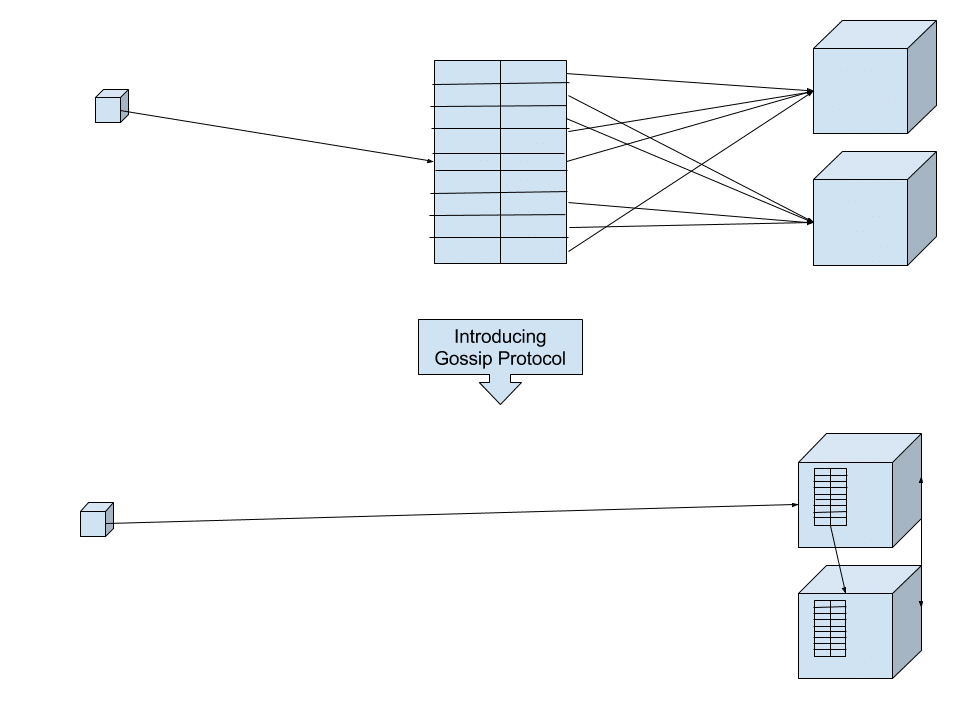| Provider: | Google Inc. |
| Url: | https://developers.google.com/maps/documentation/geocoding/intro#ReverseGeocoding |
| Provider Client Libraries: | Javascript, Java, Python, Android, iOS |
| Multiple Languages: | Yes |
| Limitations: | 2,500 free requests per day, 10 per second |
| Price: | Free: 2,500 requests per day
Pay as you go: $0.50 USD / 1000 additional requests, up to 100,000 daily.
Google Maps API for Work: it depends on the purchased quota https://developers.google.com/maps/documentation/business/ |
Example request:
https://maps.googleapis.com/maps/api/geocode/json?latlng=40.714224,-73.961452&key=APP_SPECIFIC_API_KEY
Example response:
{
"results" : [
{
"address_components" : [
{
"long_name" : "277",
"short_name" : "277",
"types" : [ "street_number" ]
},
{
"long_name" : "Bedford Avenue",
"short_name" : "Bedford Ave",
"types" : [ "route" ]
},
{
"long_name" : "Williamsburg",
"short_name" : "Williamsburg",
"types" : [ "neighborhood", "political" ]
},
{
"long_name" : "Brooklyn",
"short_name" : "Brooklyn",
"types" : [ "sublocality", "political" ]
},
{
"long_name" : "Kings",
"short_name" : "Kings",
"types" : [ "administrative_area_level_2", "political" ]
},
{
"long_name" : "New York",
"short_name" : "NY",
"types" : [ "administrative_area_level_1", "political" ]
},
{
"long_name" : "United States",
"short_name" : "US",
"types" : [ "country", "political" ]
},
{
"long_name" : "11211",
"short_name" : "11211",
"types" : [ "postal_code" ]
}
],
"formatted_address" : "277 Bedford Avenue, Brooklyn, NY 11211, USA",
"geometry" : {
"location" : {
"lat" : 40.714232,
"lng" : -73.9612889
},
"location_type" : "ROOFTOP",
"viewport" : {
"northeast" : {
"lat" : 40.7155809802915,
"lng" : -73.9599399197085
},
"southwest" : {
"lat" : 40.7128830197085,
"lng" : -73.96263788029151
}
}
},
"place_id" : "ChIJd8BlQ2BZwokRAFUEcm_qrcA",
"types" : [ "street_address" ]
},
... Additional results[] ...

